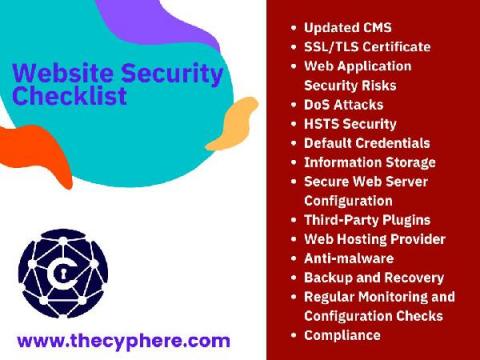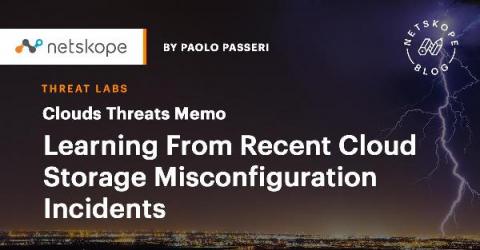Taking a Look at AWS and Cloud Security Monitoring
More and more companies understand the benefits of cloud computing, which is making their migration to the cloud more rapid. Per IDG’s 2020 Cloud Computing Study, 81% of organizations said that they’ve migrated either one application or a portion of their infrastructure to the cloud. The reasons why a company would shift its services towards the cloud depend on its business priorities, of course.











